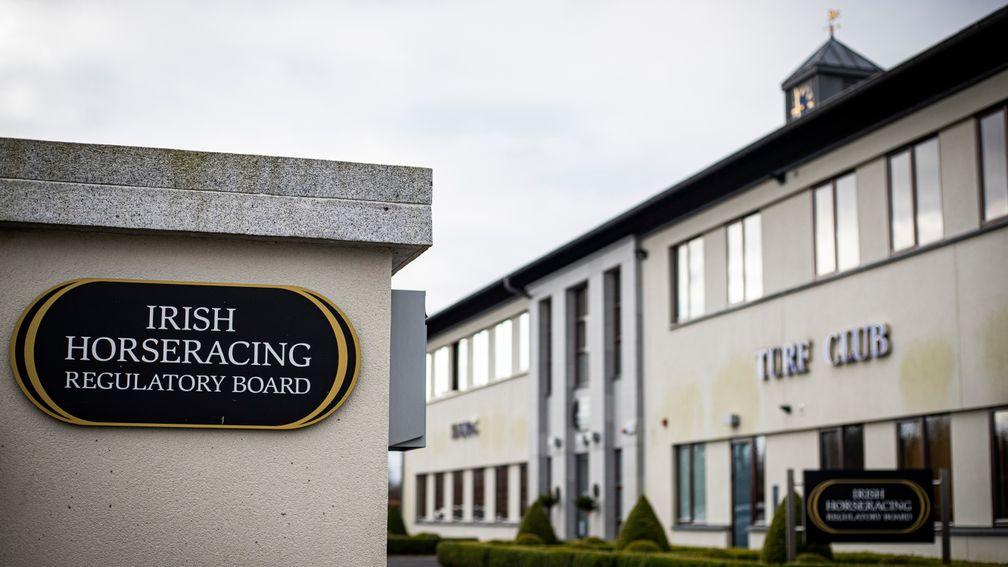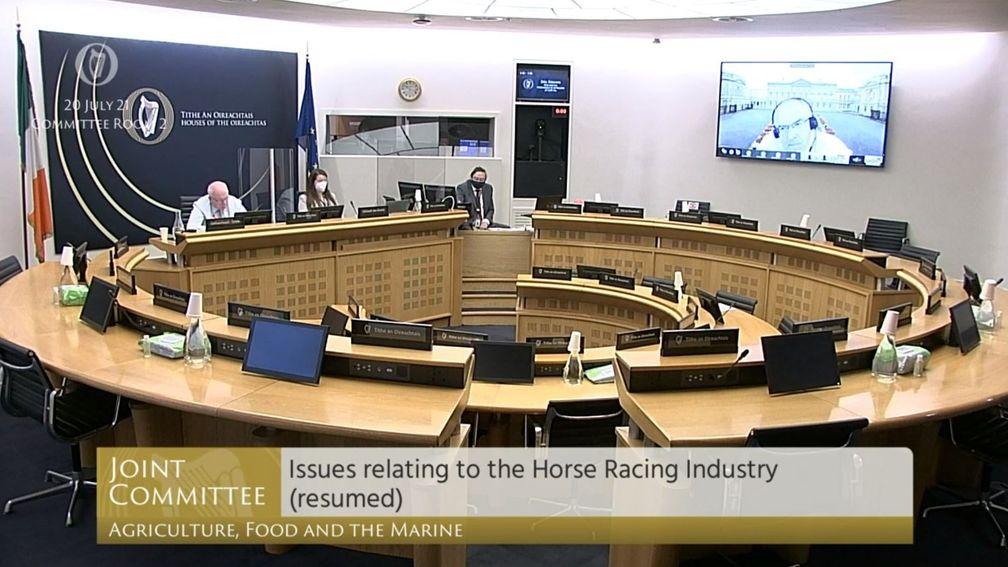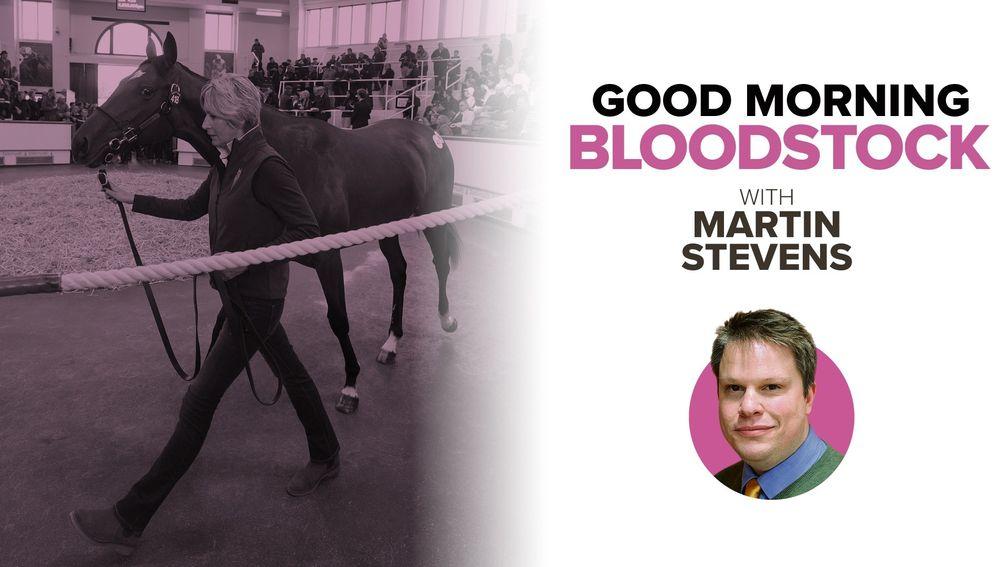Audit into IHRB anti-doping systems recommends extra focus on high-profile yards

An independent audit into the Irish Horseracing Regulatory Board's Equine Anti-Doping Programme (EADP) has made wide-ranging recommendations to beef up the sport's fight against drug cheats, including an enhanced focus on high-profile yards, but declared its systems as "at least matching international best practice".
A 36-page document by former New South Wales chief veterinary officer Craig Suann was published on Friday after calls for a report in the aftermath of Jim Bolger's comments last June that there would be a 'Lance Armstrong' in Irish racing.
There were 18 recommendations – seven of which were deemed 'high priority' – made by Suann, who conducted the audit remotely due to travel constraints imposed by the pandemic.
One such high priority recommendation was for the IHRB to review its out-of-competition testing strategies to "increase the focus on high profile/high strike-rate training yards and their pre-training and other related establishments".

At top-tier meetings, in addition to routine pre-race blood samples, Suann said at least two post-race urine samples should be collected per race. For Group/Grade 1 races, at least two horses – the first two home or winner and beaten favourite – should be post-race sampled in terms of blood and urine.
Pre-race testing was rolled out by the IHRB in September, but after lobbying from the Irish Racehorse Trainers Association to ensure each horse is subject to the same process, the regulator must test every runner in the selected race rather than single out individual horses for testing.
Dr Craig Suann's independent review of the IHRB's Equine Anti-Doping Programme can be read here
Suann stated this is not the case in other jurisdictions and there is no evidence to suggest runners tested pre-race are disadvantaged compared with non-sampled runners. He believes "consultation should take place with the IRTA and any other relevant industry body".
While Suann described the introduction of raceday hair sampling as "a commendable initiative, an efficient use of resources, and very useful especially in relation to anabolic steroids", he stressed: "There is still the need for an adequate number of race day blood and urine samples to be collected to ensure the ability to detect as wide a range of prohibited substances as possible."
The Oireachtas Agriculture Committee, which gave the IHRB's anti-doping structures a fairly resounding seal of approval in November, had requested "a full audit of all tests previously carried out" in recent years.
However, Suann suggested such an undertaking requires "a deep and forensic analysis of both the IHRB and LGC databases relating to sample collection and analysis".

The long-term storage of selected blood and urine samples was raised by Suann, who said such an initiative could "act as a deterrent to the abuse/misuse of those prohibited substances where there is a perception that they are undetectable". The IHRB currently stores all hair samples.
A lack of CCTV at racecourses was another high-priority issue, with Suann stating there should be particular coverage surrounding the raceday sampling process. He also suggested the system of storing samples could be enhanced by additional CCTV in the IHRB office and storeroom areas.
Suann described the appointment of authorised officers for unlicensed premises testing as an "initiative to be commended", but said the IHRB could consider deploying sniffer dogs trained to detect substances and illicit electrical devices in out-of-competition settings.
Accelerating the timeframe around how positive findings are dealt with was also a high-priority recommendation in a bid to ensure confidence in the integrity of the EADP.
Interim IHRB chief executive Cliodhna Guy said: "The recommendations are to be welcomed. In our unrelenting quest to ensure the highest standards in our sport the IHRB is guided by the main principle of our equine anti-doping strategy to take the right sample from the right horse at the right time.
"We will continue to develop and upgrade our systems and processes based on advice like this and always work to be a world leader in equine anti-doping.”
Read this next . . .
Racing warns of unintended consequences in meeting with politician campaigners

Good Morning Bloodstock is our latest email newsletter. Leading bloodstock journalist Martin Stevens provides his take and insight on the biggest stories every morning from Monday to Friday
Published on inNews
Last updated
- Join Racing Post Members' Club for the very best in racing journalism - including Patrick Mullins' unmissable trip to see Gordon Elliott
- Join the same team as Ryan Moore, Harry Cobden and other top jockeys with 50% off Racing Post Members' Club
- Racing Post Members' Club: 50% off your first three months
- 'It’s really exciting we can connect Wentworth's story to Stubbs' - last chance to catch master painter's homecoming
- The jumps season is getting into full swing - and now is the perfect time to join Racing Post Members' Club with 50% off
- Join Racing Post Members' Club for the very best in racing journalism - including Patrick Mullins' unmissable trip to see Gordon Elliott
- Join the same team as Ryan Moore, Harry Cobden and other top jockeys with 50% off Racing Post Members' Club
- Racing Post Members' Club: 50% off your first three months
- 'It’s really exciting we can connect Wentworth's story to Stubbs' - last chance to catch master painter's homecoming
- The jumps season is getting into full swing - and now is the perfect time to join Racing Post Members' Club with 50% off